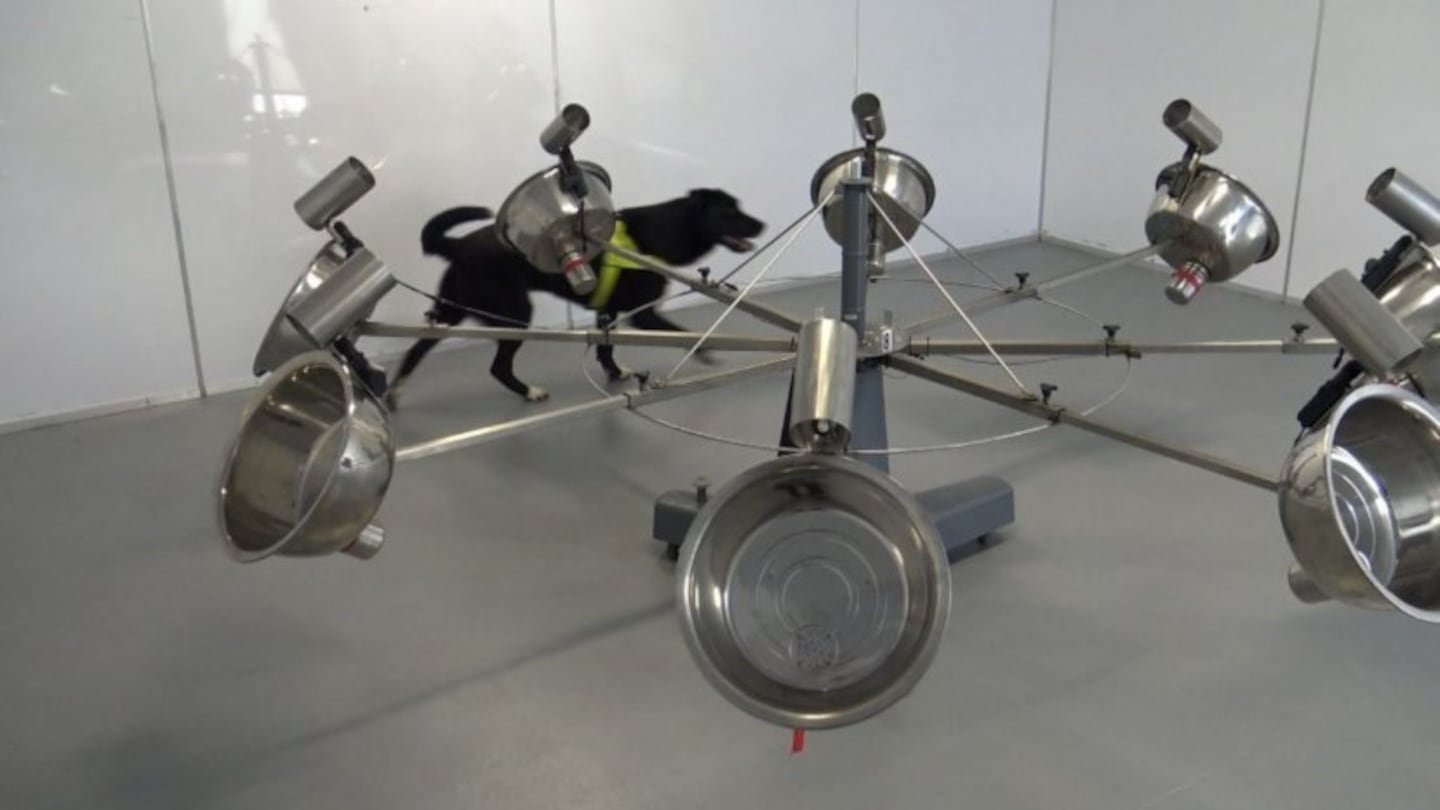Photo / Supplied
A project is underway to discover if dogs can be used to detect a highly infectious bacterial disease in beehives, which if successful could benefit Māori and other New Zealand producers of honey.
The Ministry for Primary Industries says training dogs to sniff out American Foulbrood (AFB) in beehives could save New Zealand’s beekeeping industry several million dollars a year.
The $95,000 project aims to develop a scientific methodology for training detection dogs to reliably detect AFB by creating a ‘scent picture’ of the disease.
“A big part of the project is trying to come up with a pure form of the disease that can be grown in the lab, with no possibility of other scents in the mix,” says Jason Prior, of DownUnder Honey, which is leading the project. “This will be introduced to the dogs through a clinically sterile environment.”
This is not the first time dogs have been used to detect AFB. However, previous methods have led to inconclusive results in the field.
“When bees have AFB they often have other diseases. Previously dogs were trained on infected colonies without isolating the target scent. This project aims to overcome this issue and produce more reliable detection dogs."
With almost a million registered beehives in New Zealand, new methods of inspecting them for disease need to be found.
“We’re only physically inspecting around 4000 hives a year. Unless we get some new tools like dogs to rapidly find the disease it gets more and more expensive to find that last five percent of the disease out there.”
Dogs can inspect 20 hives within two minutes, while an inspector could take at least 90 minutes. Dogs can also be used to inspect stored equipment, allowing other sources of infection to be identified and destroyed.
DownUnder Honey has partnered with K9 Search Medical Detection Training Centre and Massey University researchers on the project.
New Zealand generates more than $340 million a year in export earnings from honey with Māori playing a significant role in this.


